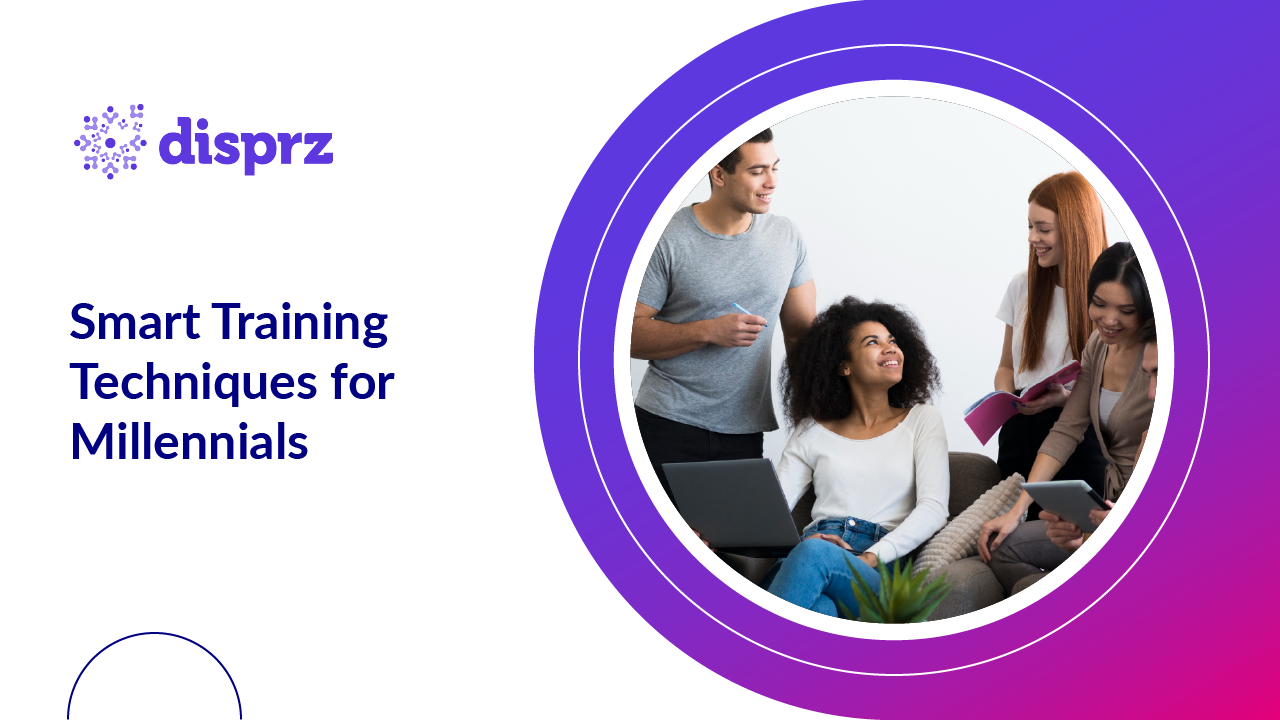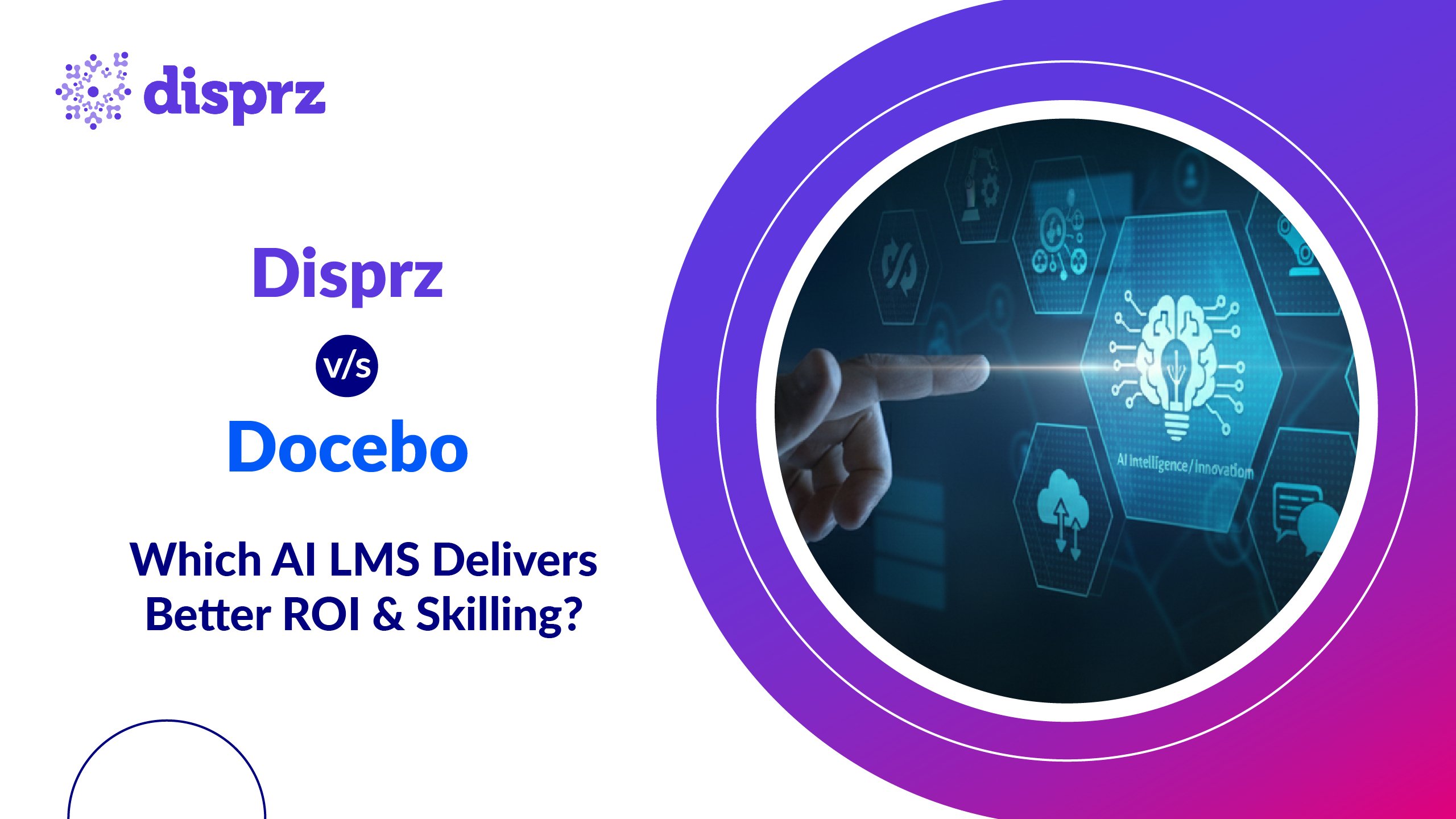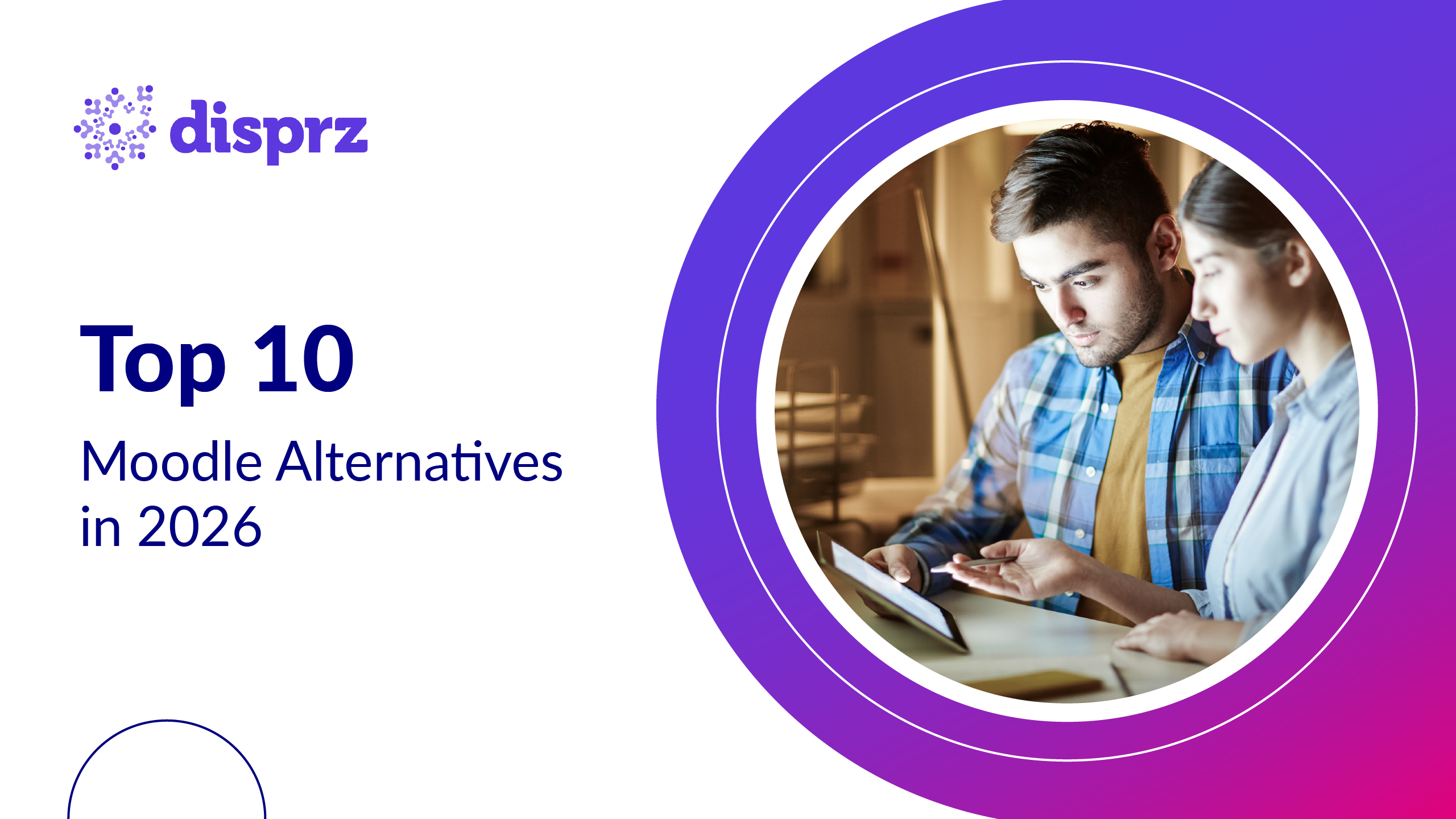Introduction: Understanding the Millennial Workforce in 2025
By 2025, millennials will comprise 75% of the global workforce, making them a dominant force in today’s professional landscape. However, only 29% of millennials report being engaged at work, highlighting the need for organizations to better understand how to engage millennials at the workplace. With a focus on flexibility, purpose, and growth opportunities, businesses must tailor their strategies to attract, retain, and motivate this key demographic.
Key Characteristics of Millennials
Here’s a combined overview of the key characteristics of millennials along with their learning preferences:
Key Characteristics of Millennials
Tech-Savvy
Growing up with technology, millennials are comfortable using digital tools and platforms for communication and learning.
Value Collaboration
They often prefer working in teams and sharing ideas, enhancing their learning experience.
Desire for Flexibility
Many millennials seek work-life balance and appreciate flexible schedules that allow them to manage their time effectively.
Focus on Purpose
They are motivated by a sense of purpose in their work and prefer organizations that align with their values.
Emphasis on Feedback
Millennials thrive on regular feedback and constructive criticism, helping them understand their performance and areas for improvement.
Millennials Learning Preferences 2025
Interactive Learning
They prefer engaging, hands-on experiences over passive learning methods like lectures or lengthy reading materials.
Bite-Sized Content
Short, focused learning sessions or microlearning formats are more appealing, allowing them to absorb information quickly.
On-Demand Learning
Millennials appreciate the flexibility to learn at their own pace and on their own schedule, favoring online courses and resources.
Real-World Application
They prefer training that connects theoretical knowledge to practical application, allowing them to immediately implement what they learn.
Digital Formats
Video training, podcasts, and other multimedia formats resonate well, as they align with their consumption habits and make learning more dynamic.
Social Learning
They value learning from peers and mentors, enjoying collaborative environments where knowledge sharing is encouraged.
Gamification
Incorporating game-like elements into training can enhance engagement and motivation, making learning more enjoyable.
Why Traditional Training Doesn’t Work for Millennials?
Traditional training methods often fall short for millennials training for several reasons:
Preference for Interactivity
Millennials favor engaging, hands-on experiences over passive learning formats like lectures and lengthy manuals. They thrive in environments that encourage participation and collaboration.
Desire for Flexibility
Many millennials value the ability to learn at their own pace and on their own schedule. Traditional training often lacks the flexibility that digital or on-demand learning provides.
Short Attention Spans
With a background in consuming bite-sized digital content, millennials are accustomed to quick, focused learning sessions. Traditional training can feel lengthy and tedious by comparison.
Focus on Personal Development
This generation seeks opportunities for growth and skill enhancement. Traditional training methods often emphasize compliance over personal development, which can lead to disengagement.
Technology Integration
Growing up in a tech-driven world, millennials expect training programs to incorporate modern technology and interactive tools. Traditional methods may feel outdated and less relevant.
Peer Learning and Collaboration
Millennials value learning from each other and sharing knowledge within teams. Traditional training methods often do not foster this collaborative environment.
3 Myths about Millennial Training at Workplace
Addressing common misconceptions about millennials in the workplace is essential for effective management and retention.
Here are the some of the misconceptions
Myth 1: Engaging Millennials in Learning Opportunities is Challenging
The issue isn’t millennials' lack of interest, but workplaces failing to inspire purpose. They seek inclusive, collaborative environments and prefer learning with peers. Effective training programs foster connection and use online tools to enhance understanding and reinforce skills.
Myth 2: Millennials Have Short Attention Spans and Won't Engage in Training
Often criticized for shorter attention spans, this claim about millennials is exaggerated; while shaped by technology, it doesn’t reflect an inability to focus. Research shows the brain performs best with a mix of deep concentration and breaks. Engagement is achievable through microlearning, with segments that optimize focus for 20-25 minutes followed by rest.
Myth 3: Millennials Don't Stay Long Enough to Justify Investment in Career Development
While millennials change jobs frequently, reducing training is counterproductive. They prioritize skill development, and without it, they’re likely to leave, making training crucial for retention. Investing in on-demand learning is key, as employees who value growth are more inclined to stay. Consider mentorship and skill-sharing sessions for immediate access to relevant training.
Do's and Don'ts in Millennial Training 2025
Some of the Do’s & Don’ts are as follows:
Do Emphasize the "Why"
Unlike previous generations, millennials want to understand the reasoning behind organization policies. They're eager to improve practices, questioning if directives like "jump" are still the best approach, rather than following instructions blindly.
Don’t Measure Success by Memorization
Millennials are used to accessing information instantly, making memorization-based quizzes ineffective. Instead, focus on assessments that encourage critical thinking and collaboration using available resources like manuals, tools, and peer support.
Don’t Call It Hand-Holding
Millennials seek guidance early on, not for coddling, but to ensure accuracy and avoid mistakes. This process takes time but leads to better task mastery and fewer errors later.
Do Provide Continuous Learning
Millennials thrive with in-depth training on one topic at a time, enabling them to master responsibilities fully, unlike surface-level methods that rely on on-the-job learning.
Don’t Mistake Confidence for Competence
Millennials often engage senior leadership or suggest changes, showing confidence that doesn’t always reflect full mastery of their role.
Do Utilize the Feedback Sandwich
This method works well for Millennials, who respond to feedback shaped by their experiences with video games and social media, encouraging constructive discussions.
Don’t Presume Foundational Knowledge
Millennials may lack basic office experience, requiring instruction on tasks like using a copier, but they bring strong tech skills and a broader worldview, making the trade-off worthwhile.
7 Strategies to Train Millennials at the Workplace
Here are seven strategies on how to train millennials effectively, which can enhance the development and delivery of learning content in the workplace to tackle typical L&D obstacles.
1) Explore microlearning
Microlearning effectively replaces traditional lengthy programs by breaking content into bite-sized modules like infographics and videos, reducing overload and enabling immediate application, which aligns with millennials' learning preferences.
2) Spaced learning
This strategy supports millennials by breaking training into shorter sessions with intervals for reinforcement, involving content presentation, recall through quizzes, and knowledge application, ensuring employees develop essential skills for sustained success.
3) Embrace interactive training to Enhance millennial engagement
To engage millennials, L&D teams should adopt interactive training formats that enhance retention and offer flexible, on-demand learning, utilizing techniques like digital storytelling, gamification, and real-world simulations for greater effectiveness.
4) Collaborative training
Collaborative training enables employees to exchange knowledge, improving the learning experience through diverse perspectives and boosting engagement and satisfaction while fostering a positive work environment. Techniques like role-playing, group sessions, and peer learning effectively engage millennials at workplace.
5) Incorporate gamification into training
Gamifying training is a powerful way to engage Millennials in the workplace, offering rewards like badges for achievements. This approach transforms routine tasks into fun challenges, boosting motivation and participation. As a generation raised on video games, this method aligns with their learning preferences.
6) Utilize elearning platforms and tools
To effectively train millennials, L&D teams should utilize eLearning platforms tailored to their digital fluency. Key tools include Learning Management System for course management, Digital Adoption Platforms for in-app support, and video software for engaging content. These resources enhance learning and support ongoing skill development.
7) Foster a culture of lifelong learning
Today’s employees value career growth over just financial rewards, making continuous learning crucial. Create a learning culture with personalized development plans that boost engagement and productivity. These plans also help employees feel valued and invested in their roles.
Conclusion
To train millennials effectively, organizations should leverage eLearning platforms that offer flexibility, interactivity, and personalized learning platform. These digital tools cater to millennials' preferences for on-demand, bite-sized content, and allow them to learn at their own pace. By incorporating multimedia elements and collaborative features, eLearning platforms (such as Disprz) boost engagement and knowledge retention. Ultimately, investing in these technologies not only enhances training efficiency but also improves employee satisfaction and retention.








